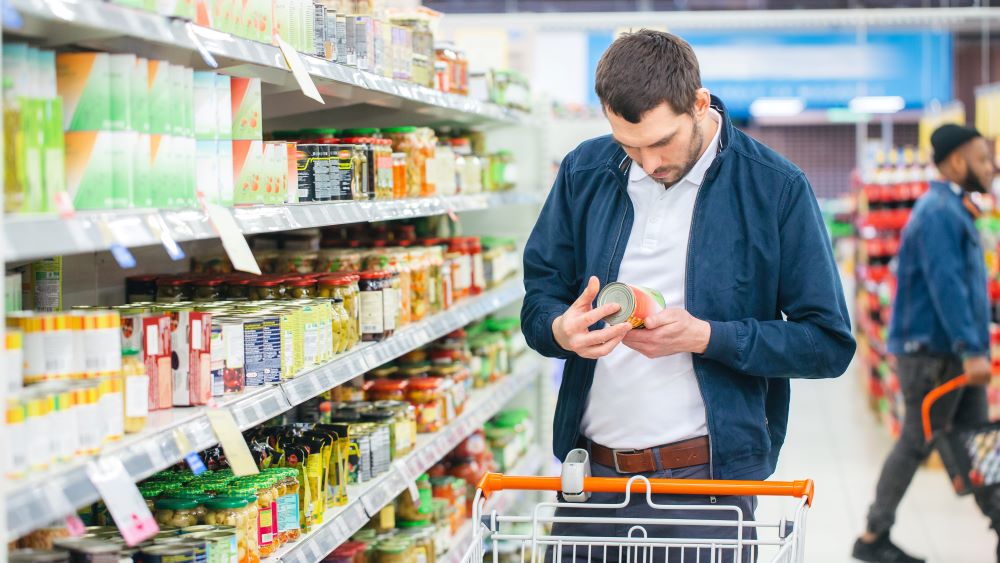
Food prices have continue to be impacted by various geopolitical and climate-related events in 2023, including the war in Ukraine, heatwaves in Europe and flooding in Italy.
The IOE&IT Daily Update here looks at some of the latest developments that could impact global food prices in the weeks and months to come.
India bans white rice exports
India has banned white rice exports in an attempt to tame domestic inflation in the country after heavy rains have affected harvests of the crop.
The immediate ban is the latest development fuelling fears of spiralling global food prices and comes days after Russia pulled out of the Black Sea grain deal, which led to an increase in wheat and corn prices.
A 20% duty on rice exports in September failed to dampen demand of the world’s largest rice exporter, with India providing more than 40% of global rice exports, according to the Guardian.
Indian shoppers are paying 11.5% more for rice than a year ago and the government hopes the ban will see prices fall. However, exporting can be more lucrative for farmers than selling domestically, reports the BBC.
The Indian government has also limited wheat and sugar shipments.
Black Sea ripples
As previously covered in the IOE&IT Daily Update, Russia’s withdrawal from the Black Sea Grain Initiative has driven up the price of wheat.
An Essex grain merchant told the Times that he could not guarantee quoted prices for more than 10-15 minutes as the market reacted to the news last week.
The impact remains muted for now as northern hemisphere countries are harvesting more than normal this year.
However, Pavlo Martyshev, a researcher at the Center for Food and Land Use Research at Kyiv School of Economics, told Al Jazeera that global food prices would rise in the months ahead.
Olives
Heatwaves in southern Europe have led to a second year in a row of poor olive harvests in Spain, the world’s largest producer, as well as in Italy and Portugal.
Spain produced just 620,000 tonnes of olive oil during the 2022-23 harvest, down from 1.5m tonnes the year before, reports the FT.
European prices rose above €4 per kilogramme in September but have now increased to more than €7 per kg.
Tomatoes
The Guardian reports that tomato producers in Italy are also concerned about the impact of the heatwave, after flooding wiped out more than 15% of the crop planted this year.
Diego Pariotti, the commercial director for exports at Conserve Italia, which produces the Cirio brand of tinned tomatoes and passata, said it was estimating that production would be down by 10%.
Sugar
A cold, wet spring in northern Europe is being blamed for a low sugar beet crop forecast, which is contributing to sugar prices increasing by 41.9% in the past 12 months, according to Food Manufacture.
Declining production in India, Thailand and China are further contributors to the rising price as demand continues to grow.
Global food prices down
For now, the FAO Food Price Index has fallen for a second month to 122.3 in June 2023, a new low since April 2021, and well below the record peak of 159.7 reached in March last year.
The cost of cereals went down 2.1%, reflecting a fall in the world prices of all major cereals, led by coarse grains (-3.4%), maize and wheat. Vegetable oil prices dropped 2.4% to the lowest level since October 2020.
Climate woes
A government report has warned that climate change threatens Britain’s national security, food and energy supplies, reports the Telegraph.
The third national adaptation programme warns that security implications, such as the overspill of violent conflict or threats to global food supply chains, were “greater than previously assessed”.
It also points out that the UK relies on imports for 40% of its food, making supplies vulnerable to unpredictable weather overseas.



